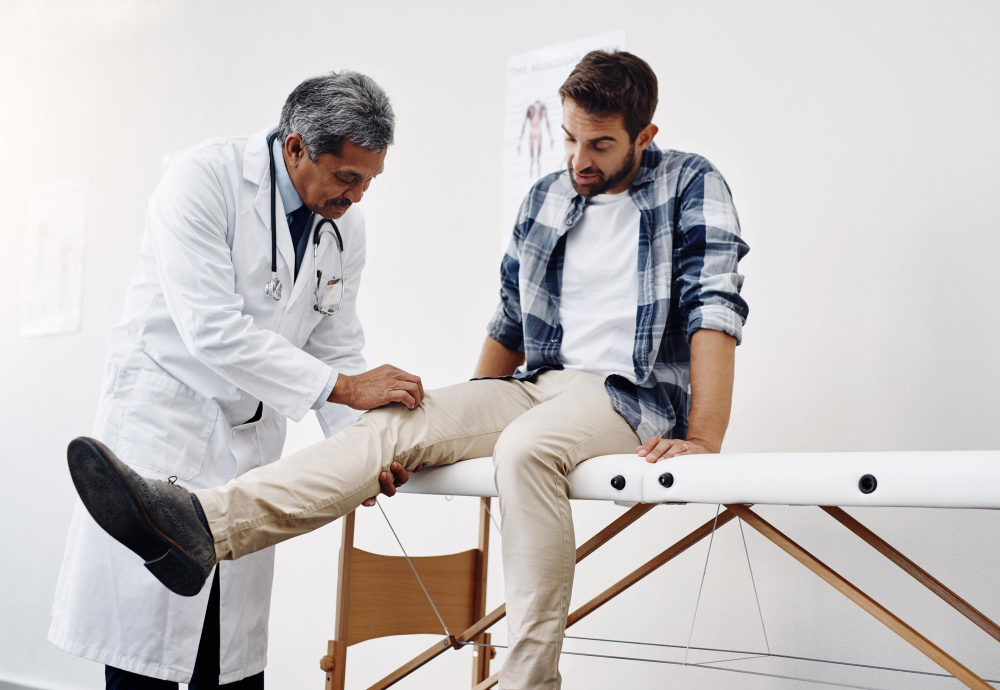
Meniscal repair
Meniscal repair is a surgical procedure performed to address a tear in the meniscus, which is a wedge-shaped cartilage in the knee joint that acts as a cushion and helps with stability. Meniscal tears are common injuries, often caused by twisting or excessive force on the knee. While not all meniscal tears require surgery, certain types of tears or tears in specific locations may benefit from meniscal repair.
The procedure involves the following steps:
1. Assessment: The orthopedic surgeon assesses the type, location, and extent of the meniscal tear using diagnostic imaging, such as magnetic resonance imaging (MRI).
2. Arthroscopy: Meniscal repair is often performed using arthroscopy, a minimally invasive surgical technique. Small incisions are made, and a tiny camera (arthroscope) is inserted to visualize the inside of the knee joint.
3. Repair: Depending on the characteristics of the tear, the surgeon may use various techniques to repair the meniscus. This can include sutures, anchors, or other fixation devices to bring the torn edges of the meniscus together.
4. Rehabilitation: After the surgery, a structured rehabilitation program is essential for the recovery process. Physical therapy helps in restoring knee strength, improving range of motion, and promoting healing of the repaired meniscus.
“To create a successful commercial building, we believe in the power of the innovative design, functional spaces, and sustainable solutions. Our team is dedicated to delivering excellence, tailored to meet your specific business”
Meniscal repair is favored for tears that are in the vascularized outer rim (peripheral zone) of the meniscus, where blood supply is better. The inner region of the meniscus lacks a direct blood supply, making spontaneous healing less likely.

Benefits of Meniscal Repair:
1. Preservation of Meniscal Tissue: Repair aims to preserve the natural meniscal tissue, which is important for maintaining joint stability and preventing long-term degenerative changes in the knee.
2. Potential for Long-Term Joint Health: Successful meniscal repair may contribute to the long-term health of the knee joint by preventing further damage and reducing the risk of osteoarthritis.
3. Minimally Invasive: Arthroscopic techniques used in meniscal repair result in smaller incisions, less tissue disruption, and potentially faster recovery compared to traditional open surgery.
.It's important to note that not all meniscal tears are suitable for repair. Factors such as the tear pattern, location, patient age, and overall knee health are considered when determining the most appropriate treatment approach. Some tears may be better addressed with meniscectomy (removal of the torn portion) if repair is not feasible or recommended. The decision is individualized and is made in consultation with the orthopedic surgeon based on the specific circumstances of each patient.

